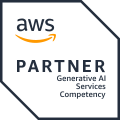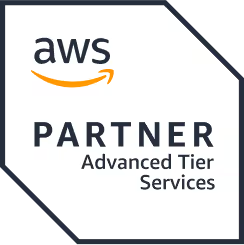Co-create with Ideas2IT












From Disjointed Records to Unified Intelligence: A Case Study in Building a Custom Healthcare Data Platform
A Fortune 500 healthcare company was struggling with fragmented patient data, siloed EMRs, and manual validation processes that wasted clinical hours and blocked scalable analytics. In response, Ideas2IT built a custom Clinical Data Platform from scratch featuring a multi-region AWS data lake, HL7/FHIR standardization, and a dynamic task execution architecture. The solution improved data accuracy by 20%, accelerated development by 5x, and empowered care teams to make decisions 53% faster.
Key challenges included:
Ideas2IT designed and delivered a custom Clinical Data Platform purpose-built for regulated, high-volume healthcare environments. The architecture included:
The platform was designed for extensibility and built from scratch to support oncology, cardiology, and cross-functional care teams.










